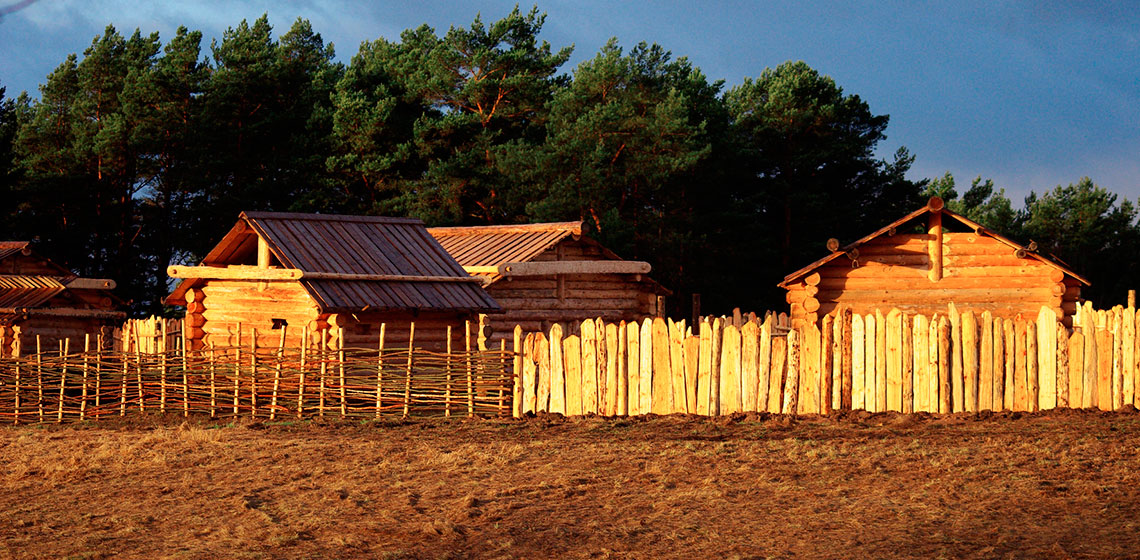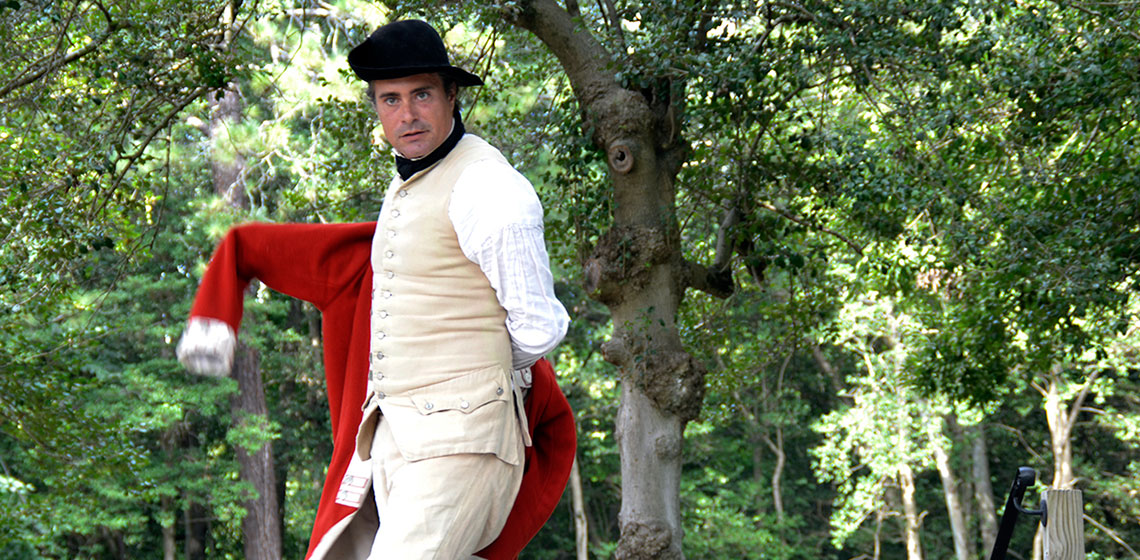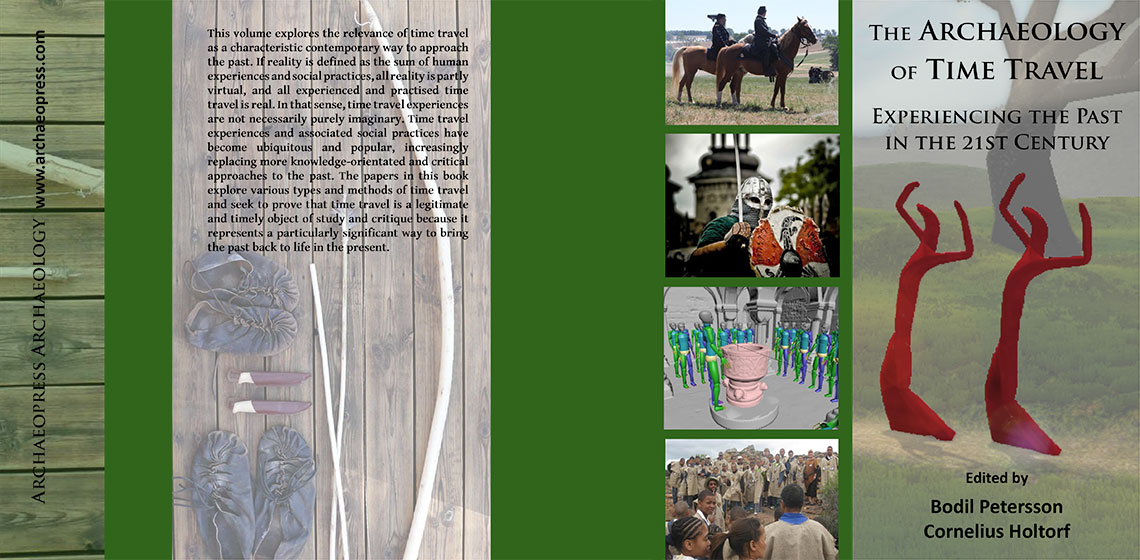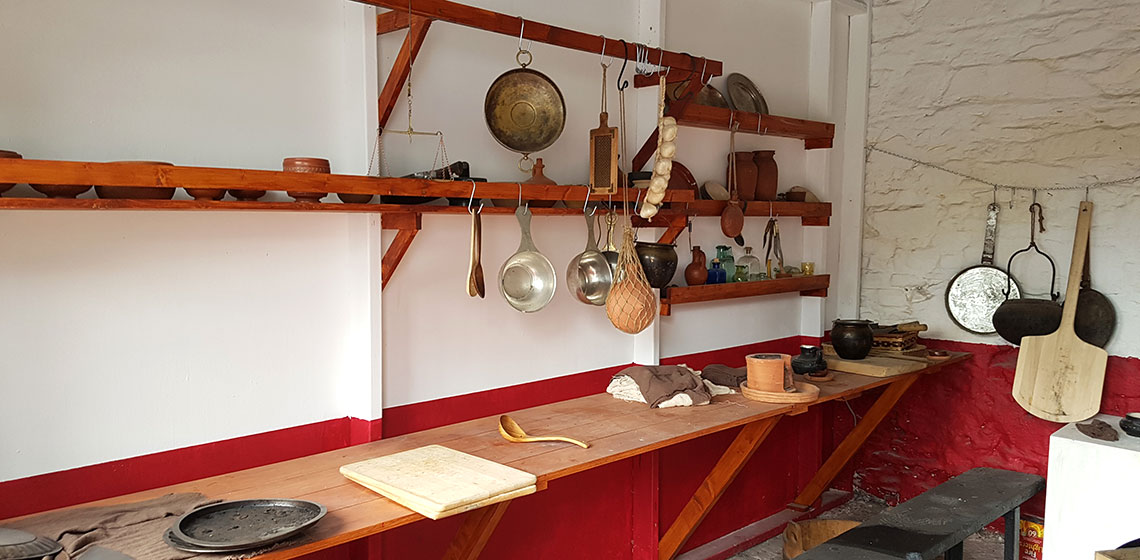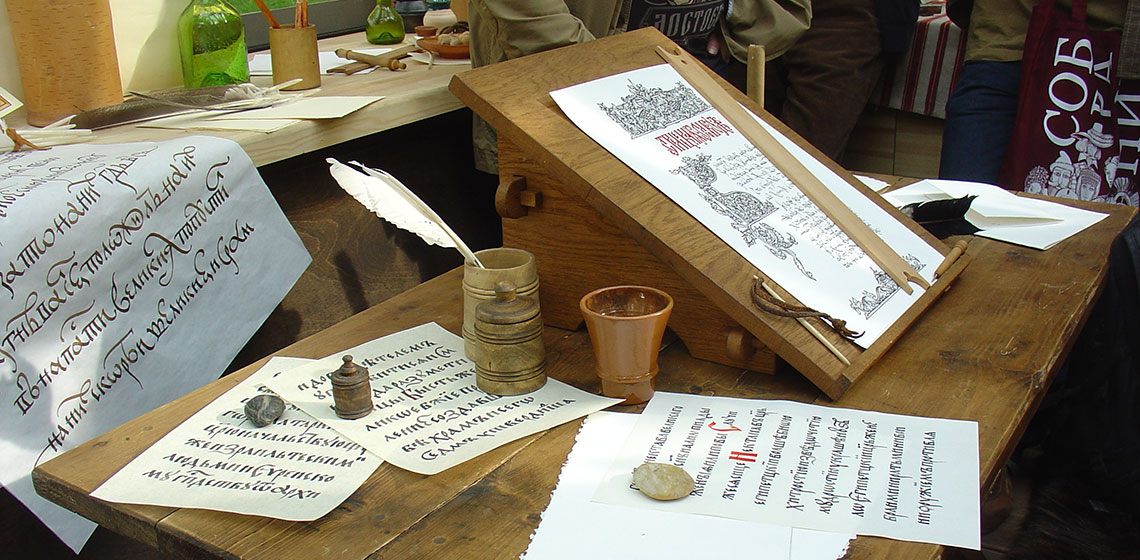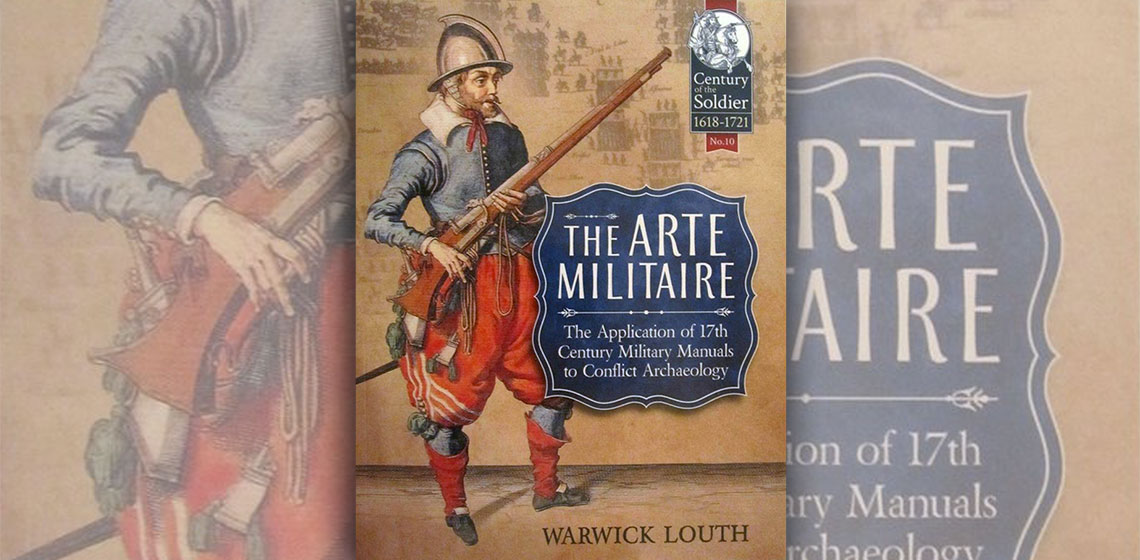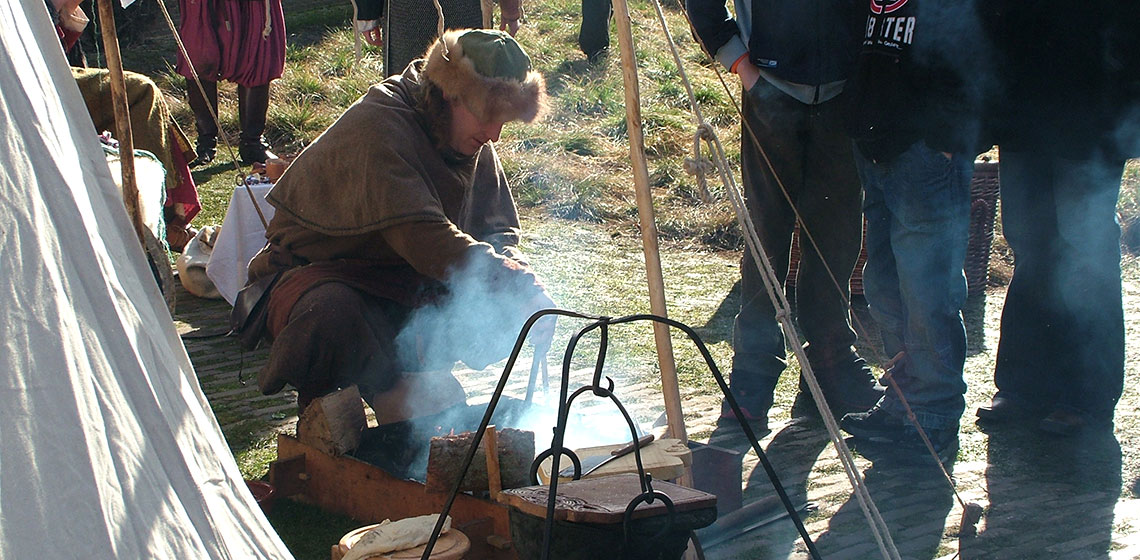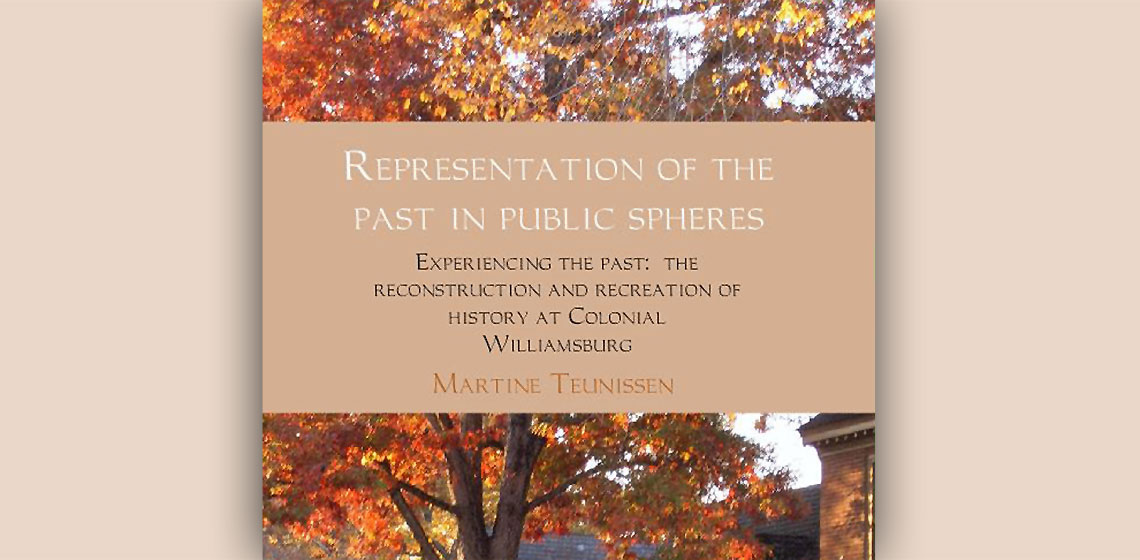living history
Kernave Archaeological Site – the Place for Experimental and Living Archaeology
Publication Date
2018 EXARC in Kernave
***Kernavė is one of the most picturesque places in Lithuania. Five hill-forts surround the wide valley of Pajauta. This place has always been visited by people not only for its sights but also for its aura of the distant past. Ever since people in Lithuania became more interested in history, Kernavė has been a symbol of...
***Kernavė is one of the most picturesque places in Lithuania. Five hill-forts surround the wide valley of Pajauta. This place has always been visited by people not only for its sights but also for its aura of the distant past. Ever since people in Lithuania became more interested in history, Kernavė has been a symbol of...
History in Motion: Colonial Williamsburg
Publication Date
Boundaries are always an interesting topic. In the framework of the current heritage buzz word decolonization, boundaries might also represent what is “colonised” in every cultural enterprise, or to be more specific, how and why some form of power obtruded its authority, and to what extent. Like almost all other museums, Colonial Williamsburg deals with the past. The past has its own boundaries that...
The Forgotten Movement – A (Re)construction of Prehistoric Dances
Publication Date
10th EAC Leiden 2017
***Dancing has always been and still is an integral part of the lives of individuals and communities around the world, and it forms part of the cultural identity of all traditional societies. Unlike the arguably small role it has in modern urban societies, dance had much greater role in the lives of individuals and communities of ancient and recent past (Maletić, 1986, pp.14, 41), as well as it still has in many of contemporary tribal communities...
***Dancing has always been and still is an integral part of the lives of individuals and communities around the world, and it forms part of the cultural identity of all traditional societies. Unlike the arguably small role it has in modern urban societies, dance had much greater role in the lives of individuals and communities of ancient and recent past (Maletić, 1986, pp.14, 41), as well as it still has in many of contemporary tribal communities...
Book Review: The Archaeology of Time Travel. Experiencing the Past in the 21st Century, edited by Bodil Petersson and Cornelius Holtorf
Publication Date
Archaeological time travel, or experiencing the past through re-enactment, virtual reality, popular culture or other means, is presented from multiple perspectives in The Archaeology of Time Travel. Experiencing the Past in the 21st Century, edited by Bodil Petersson and Cornelius Holtorf. The book is freely available in pdf format at http://www.archaeopress.com
Castrum Corcagiensis - Roman Experimental Archaeology in Ireland
Publication Date
Barrack blocks were a central feature in any Roman fort and functioned as the living spaces for a Century and its officers. While Roman forts varied in size from just over an acre for a simple ‘numerius’ fort, to over 55 acers for some large ‘legionary’ forts such as Deva (Chester), the layout of a barrack block...
Event Review: EXARC visits Moscow
Publication Date
Between the 1st to the 12th of June 2017, a huge festival called "Times and Epochs" (Времена и эпохи - Cобрание) was organized in Moscow. This was the occassion to gather participants not only from Russia, but also from many other countries, and demonstrate the best of reenactment to festival visitors...
Event Review: Academic Workshop on Re-enactment, Replication & Reconstruction
Publication Date
In early June 2017, an academic workshop took place in Leiden, the Netherlands, to stimulate research bridging the natural sciences with the humanities and social sciences. Forty-five international scientists joined from the fields of art history, archaeology, conservation, musicology and anthropology...
Book Review: The Arte Militaire. The Application of 17th Century Military Manuals to Conflict Archaeology by Warwick Louth
Publication Date
The book consists of the rewritten essay of a master thesis. The author got his master's degree as a battlefield and conflict archaeologist from the Centre of Battlefield Archaeology at University of Glasgow founded by Professor Dr. Tony Pollard in 2006. I myself have studied at the Centre of Battlefield Archaeology back in 2007, and it was a pleasure to dive back into my old field...
What to Blame for the Atmosphere Change in Re-enactment Camps? Personal View
Publication Date
Lately, I have been seeing quite a few posts by friends announcing that they are quitting the Viking Re-enactment hobby. This is sad and worrisome. Apparently, the reasons for leaving are due to a lack of authenticity, show fight, and atmosphere.
Book Review: Representation of the Past in Public Spheres. Experiencing the Past: the Reconstruction and Recreation of History at Colonial Williamsburg by Martine Teunissen
Publication Date
When I read the title, I particularly looked forward to reading this book and I was not disappointed. I am glad I was allowed to review it. Colonial Williamsburg has been held up to me as an example to follow when interpreting in living history and open air museums and also criticised when they don’t get it right...

